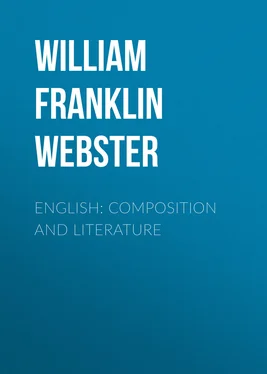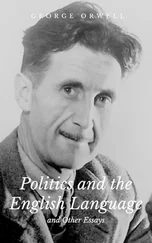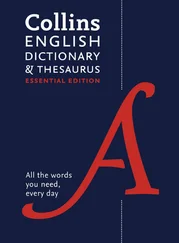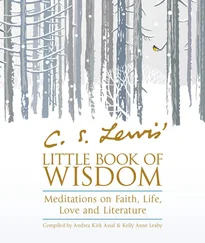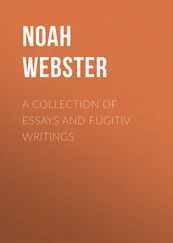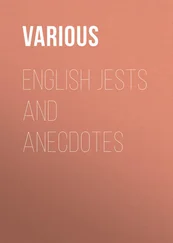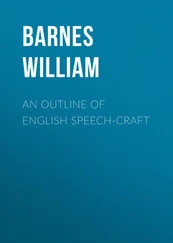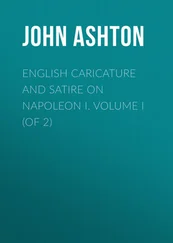William Franklin Webster - English - Composition and Literature
Здесь есть возможность читать онлайн «William Franklin Webster - English - Composition and Literature» — ознакомительный отрывок электронной книги совершенно бесплатно, а после прочтения отрывка купить полную версию. В некоторых случаях можно слушать аудио, скачать через торрент в формате fb2 и присутствует краткое содержание. Жанр: psy_personal, foreign_language, foreign_edu, foreign_antique, на английском языке. Описание произведения, (предисловие) а так же отзывы посетителей доступны на портале библиотеки ЛибКат.
- Название:English: Composition and Literature
- Автор:
- Жанр:
- Год:неизвестен
- ISBN:нет данных
- Рейтинг книги:3 / 5. Голосов: 1
-
Избранное:Добавить в избранное
- Отзывы:
-
Ваша оценка:
- 60
- 1
- 2
- 3
- 4
- 5
English: Composition and Literature: краткое содержание, описание и аннотация
Предлагаем к чтению аннотацию, описание, краткое содержание или предисловие (зависит от того, что написал сам автор книги «English: Composition and Literature»). Если вы не нашли необходимую информацию о книге — напишите в комментариях, мы постараемся отыскать её.
English: Composition and Literature — читать онлайн ознакомительный отрывок
Ниже представлен текст книги, разбитый по страницам. Система сохранения места последней прочитанной страницы, позволяет с удобством читать онлайн бесплатно книгу «English: Composition and Literature», без необходимости каждый раз заново искать на чём Вы остановились. Поставьте закладку, и сможете в любой момент перейти на страницу, на которой закончили чтение.
Интервал:
Закладка:
Who? Where? When? Why?The beginning is the position of second importance. What, then, shall stand in this place? A story resembles a puzzle. The solution of the puzzle is given at the end; the thing of next importance is the conditions of the puzzle. In “Baa, Baa, Black Sheep” the story culminates in the surprise of a devoted mother when she discovers that her boy is a secretive little liar, who now deserves to be called “Black Sheep.” This is the end; what was the beginning,—the conditions necessary to bring about this deplorable result? First, they were the persons; second, the place; third, the time. In many stories there is introduced the reason for telling the story. These conditions, answering the questions Who? Where? When? and Why? are all, or some of them, introduced at the beginning of any narrative, and as soon as it can be done, they ought all to be given. In a short essay, they are in the first paragraph; in a novel, in the first chapters. In “Marmion” the time, the place, and the principal character are introduced into the first canto. So Irving begins “The Legend of Sleepy Hollow” with the place and time, then follow the characters. In all stories the beginning is occupied in giving the conditions of the story; that is, the principal characters, the time, and the place.
In what Order?Having the end and the beginning clearly in mind, the next question is how best to get from one to the other. Shall the incidents be arranged in order of time? or shall other considerations govern? If it be any narrative of the journal form, whether a diary or a biography, the chronological arrangement will direct the sequence of events. Again, if it be a simple story with a single series of events, the time order will prevail. If, however, it be a narrative which contains several series of events, as a history or a novel, it may be wise, even necessary, to deviate from the time sequence. It would have been unwise for Scott to hold strictly to the order of time in “Marmion;” after introducing the principal character, giving the time and the setting, it was necessary for him to bring in another element of the plot, Constance, and to go backward in time to pick up this thread of the story. The really essential order in any narrative is the order of cause and effect. As causes precede effects, the causal order and the time order generally coincide. In a single series of events, that is, where one cause alone produces an effect, which in turn becomes the cause of another effect, the time order is the causal order. In a novel, or a short story frequently, where there are more than one series of incidents contributing to and converging towards the main incident, these causes must all be introduced before the effect, and may break the chronological order of the story. In “Roger Malvin’s Burial,” it would be impossible to tell what the stricken father was doing and what the joyous mother was thinking at the same time. Hawthorne must leave one and go to the other until they meet in their awful desolation. The only rule that can be given is, introduce causes before effects. In all stories, short or long, this will result in an approximation to the order of time; in a simple story it will invariably give a time sequence.
There is one exception to this rule which should be noted. It is necessary at the very beginning to have some incident that will arrest the attention. This does not mean that persons, place, and time shall not come first. They shall come first, but they shall be so introduced as to make an interesting opening to the story. The novels of some decades ago did not sufficiently recognize the principle. One can frequently hear it said of Scott’s stories, “I can’t get started with them; they are too dry.” The introductory chapters are often uninteresting. So much history is introduced, so much scenery is described before the author sets out his characters; and all this is done before he begins the story. Novelists of to-day realize that they must interest the reader at the beginning; when they have caught him, they are quite certain that he will bear with them while they bring up the other divisions of the story, which now have become interesting because they throw light on what has already been told. Even more than novelists, dramatists recognize this principle. When the curtain rises on the first act, something interesting is going on. The action frequently begins far along in the time covered by the story; then by cleverly arranged conversation all circumstances before the time of the opening that are necessary to the development of the plot are introduced. The audience receives these minor yet essential details with no impatience, since they explain in part a situation already interesting. The time order may be broken in order to introduce at the beginning of the story some interesting situation which will immediately engage the reader’s attention.
In arranging the materials of a story, the main considerations are Mass and Coherence. Mass demands important matters at the beginning and at the end of a story. Coherence demands that events closely related shall stand close together: that an effect shall immediately follow its cause. Beginning with some interesting situation that will also introduce the principal characters, the time, and the setting, the story follows in the main the order of time, and concludes with the main incident.
An Outline.One practical suggestion will assist in arranging the parts of a story. Use an outline. It will guard against the omission of any detail that may afterward be found necessary, and against the necessity of offering the apology, inexcusable in prepared work, of “forgetting to say;” it will help the writer to see the best arrangement of the parts, to know that causes have preceded effects. The outline in narration should not be too much in detail, nor should it be followed if, as the story progresses, new light comes and the writer sees a better way to proceed. The writer should be above the outline, not its slave; but the outline is a most valuable servant of the writer.
Movement. Movement is an essential quality of narrative; a story must advance. This does not mean that the story shall always go at the same rate, though it does mean that it shall always go. If a story always had the rapidity and intensity of a climax, it would be intolerable. Music that is all rushing climaxes is unbearable; a picture must not be a glare of high lights. The quiet passages in music, the grays and low tones in the background of the picture, the slow chapters in a story, are as necessary as their opposites; indeed, climaxes are dependent on contrasts in order to be climaxes.
Rapidity.The question of movement resolves itself into these two: how is rapidity of movement obtained, and how can the writer delay the movement. Rapidity is gained by the omission of all unnecessary details, and the use of the shortest, tersest sentences to express the absolutely essential. Dependent clauses disappear; either the sentences are simple, just one sharp statement, or they are made of coördinate clauses with no connectives. Every weight that could clog the story is thrown away, and it runs with the swiftness of the thought. At such a time it would be a waste of good material to introduce beautiful descriptions or profound philosophy. Such things would be skipped by the reader. Everything must clear the way for the story.
Slowness.What has been said of rapidity will indicate the answer to the second question. Slowness of movement is obtained by introducing long descriptions, analyses of characters, and information regarding the history or customs of the time. Sentences become long and involved; dependent clauses abound; connective words and phrases are frequent. Needless details may be introduced until the story becomes wearisome; it has almost no movement.
Читать дальшеИнтервал:
Закладка:
Похожие книги на «English: Composition and Literature»
Представляем Вашему вниманию похожие книги на «English: Composition and Literature» списком для выбора. Мы отобрали схожую по названию и смыслу литературу в надежде предоставить читателям больше вариантов отыскать новые, интересные, ещё непрочитанные произведения.
Обсуждение, отзывы о книге «English: Composition and Literature» и просто собственные мнения читателей. Оставьте ваши комментарии, напишите, что Вы думаете о произведении, его смысле или главных героях. Укажите что конкретно понравилось, а что нет, и почему Вы так считаете.
